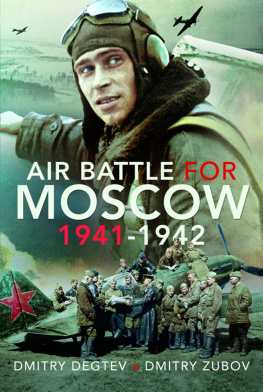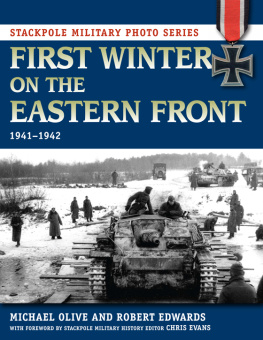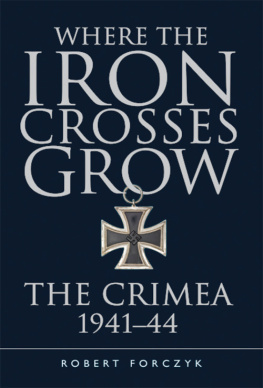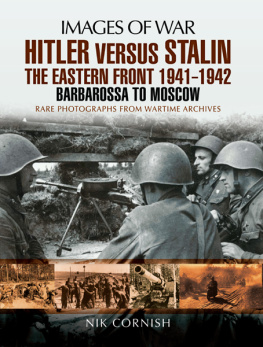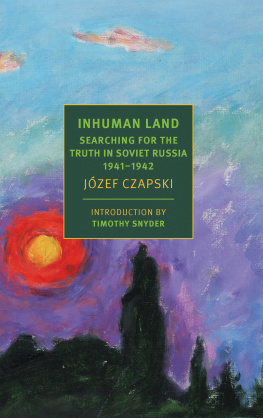First published in Great Britain in 2016 by
Pen & Sword Military
an imprint of
Pen & Sword Books Ltd
47 Church Street
Barnsley
South Yorkshire
S70 2AS
Copyright Clayton Donnell 2016
ISBN: 978 1 78346 391 6
PDF ISBN: 978 1 47387 927 0
EPUB ISBN: 978 1 47387 926 3
PRC ISBN: 978 1 47387 925 6
The right of Clayton Donnell to be identified as the Author of this Work has been asserted by him in accordance with the Copyright, Designs and Patents Act 1988.
A CIP catalogue record for this book is available from the British Library
All rights reserved. No part of this book may be reproduced or transmitted in any form or by any means, electronic or mechanical including photocopying, recording or by any information storage and retrieval system, without permission from the Publisher in writing.
Typeset in Ehrhardt by
Mac Style Ltd, Bridlington, East Yorkshire
Printed and bound in the UK by CPI Group (UK) Ltd,
Croydon, CRO 4YY
Pen & Sword Books Ltd incorporates the imprints of Pen & Sword Archaeology, Atlas, Aviation, Battleground, Discovery, Family History, History, Maritime, Military, Naval, Politics, Railways, Select, Transport, True Crime, and Fiction, Frontline Books, Leo Cooper, Praetorian Press, Seaforth Publishing and Wharncliffe.
For a complete list of Pen & Sword titles please contact
PEN & SWORD BOOKS LIMITED
47 Church Street, Barnsley, South Yorkshire, S70 2AS, England
E-mail:
Website: www.pen-and-sword.co.uk
Contents
Acknowledgements
T his book could not have been written without the assistance and guidance, over an eighteen-month period, of Alexander Nemenko, a writer and historian from Sevastopol. His research is impeccable and his knowledge of the subject is second to none. This book is dedicated to Alexander. I would also like to thank my brother James for his unceasing encouragement to me at some of the bleakest moments during this extremely difficult and trying work. He always gave me the little push I needed to keep going. I want to thank John Calvin who created the website www.wwii-photos-maps.com, an amazing source of aerial imagery from the Second World War. I want to thank my daughter Erin for helping once again with the images. Thanks to my wife for her extraordinary patience with me over nearly a two-year period.
Authors Notes
T he large bay that is the location of the Sevastopol Naval Base is called Severnaya Bay in several accounts, including Mansteins. It will be referred to as Sevastopol Bay in this account.
In 1941 and 1942, the villages surrounding Sevastopol were referred to by their Crimean Tatar names. For the purposes of this account the original name is used throughout and in the first instance the modern name is cited in parentheses. For example, Alma Tamak (m. Pishchane).
Sevastopol was attacked by both German and Rumanian forces, however, in general, they will typically be referred to as Germans unless a specific Rumanian unit is mentioned.
The Chornaya River will be translated into the English Black River.
The Sturmgeschtz III Assault Gun is often referred to as a tank by Soviet writers. The terms assault gun and tank may be used interchangeably, however, assault guns refer to the StuG III.
The term Soviet is used rather than Russian, since there were non-Russian combatants at Sevastopol. Some accounts call the German opponents Russians but that is not technically correct, therefore we will use the umbrella term Soviet.
Introduction
I n ancient Greek, Sevastopolis means venerable or honourable. It is the Greek equivalent of the Roman honorific for Augustus, the August city. History shows that Sevastopol became a symbol of courage and perseverance, undergoing two lengthy defensive struggles within a ninety-year period. The Russians call The Crimean War of 185455, the First Defence. The Crimean War, in particular the siege of Sevastopol by the French, British and Turks, was fought under appalling conditions difficult terrain, brutal combat, ceaseless bombardments, disease and a shortage of food and supplies. The siege lasted 349 days. The allies had superior numbers of men and equipment but the Russian defenders had their backs to the sea behind a strong line of fortifications. During the Second Defence of 194142 the Soviets were once again cut off from the mainland and surrounded on three sides by the enemy, this time the Germans and Rumanians. The Second Defence lasted for more than 250 days under the same appalling conditions, if not worse.
German and Rumanian forces reached the outer perimeter of Sevastopols defences on 31 October 1941. In the West it was All Hallows Eve, a Christian feast, also called Halloween the time of year when the days grow shorter, the nights colder and the rains begin to fall. Halloween is also associated with dark things and as such it was the perfect opening page to one of the darkest chapters in military history. The invasion of Crimea by the German Eleventh Army was an eight-month long nightmare of death and destruction that turned a proud Soviet city blessed with factories and collective farms, schools, museums and theatres, and a bustling naval base into a smoking, empty ruin.
The Black Sea coast from Balaklava to the Belbek River valley can easily be compared in beauty to a Mediterranean coastal resort. In the summer it is a land of sun, green mountains and picturesque, fruit-filled valleys dotted with ancient ruins and a vista of high cliffs overlooking a blue sea. But from the end of October 1941 to the beginning of July 1942, the Riviera of the Black Sea was a slaughterhouse. For eight months thousands of bombs fell, turning it into a lunar landscape. The many no mans lands between Soviet and German trenches were littered with rotting corpses and the entire area was filled with the smell of death, sulphur and cordite, like one of the nine circles of hell in Dantes Inferno. The ground shook like a series of continuous earthquake aftershocks. Fires burned everywhere and at night the sky was lit by multi-coloured tracer bullets and searchlights hunting for German night flyers. The men and women who fought there and the citizens of the city who lived like moles in underground caverns, would more than likely have preferred to be in Antarctica.
Adolf Hitler ordered the capture of Crimea in July 1941. This was an amendment to Army Group Souths original objective to pursue retreating Soviet forces to Rostov. General Erich von Manstein was ordered to split Eleventh Armys forces, one part to pursue Soviet forces towards Rostov and the other to capture Crimea. During the planning of the invasion of the Soviet Union the peninsula was not seen as a main objective. The Germans would keep an eye on Crimea and conduct mopping-up operations later. Plans changed in July when Soviet bombers flying from Crimea struck the Rumanian oil fields of Ploesti, threatening German oil supplies. The Germans could not afford any such threat and Hitler ordered Eleventh Army to capture Crimea. At the time, Soviet forces defending Crimea consisted of IX Corps with two rifle and one cavalry division, plus a small number of sailors guarding the Black Sea Fleets base at Sevastopol.
Prior to the Second World War most people were familiar with the names of places like Paris, London, Tokyo, Rome and Berlin. After 1 September 1939 Warsaw, Rotterdam, Narvik, Coventry and the Maginot Line appeared on newspaper front pages. In 1941 Europe descended into total chaos and the world learned of Leningrad, Smolensk and Kiev and then later, but in smaller headlines Crimea and Sevastopol. Upon reading the name Sevastopol one might have asked oneself, Havent I heard that name before? They may have harkened back to their school days, remembering a few lines from the famous Alfred Lord Tennyson poem:




